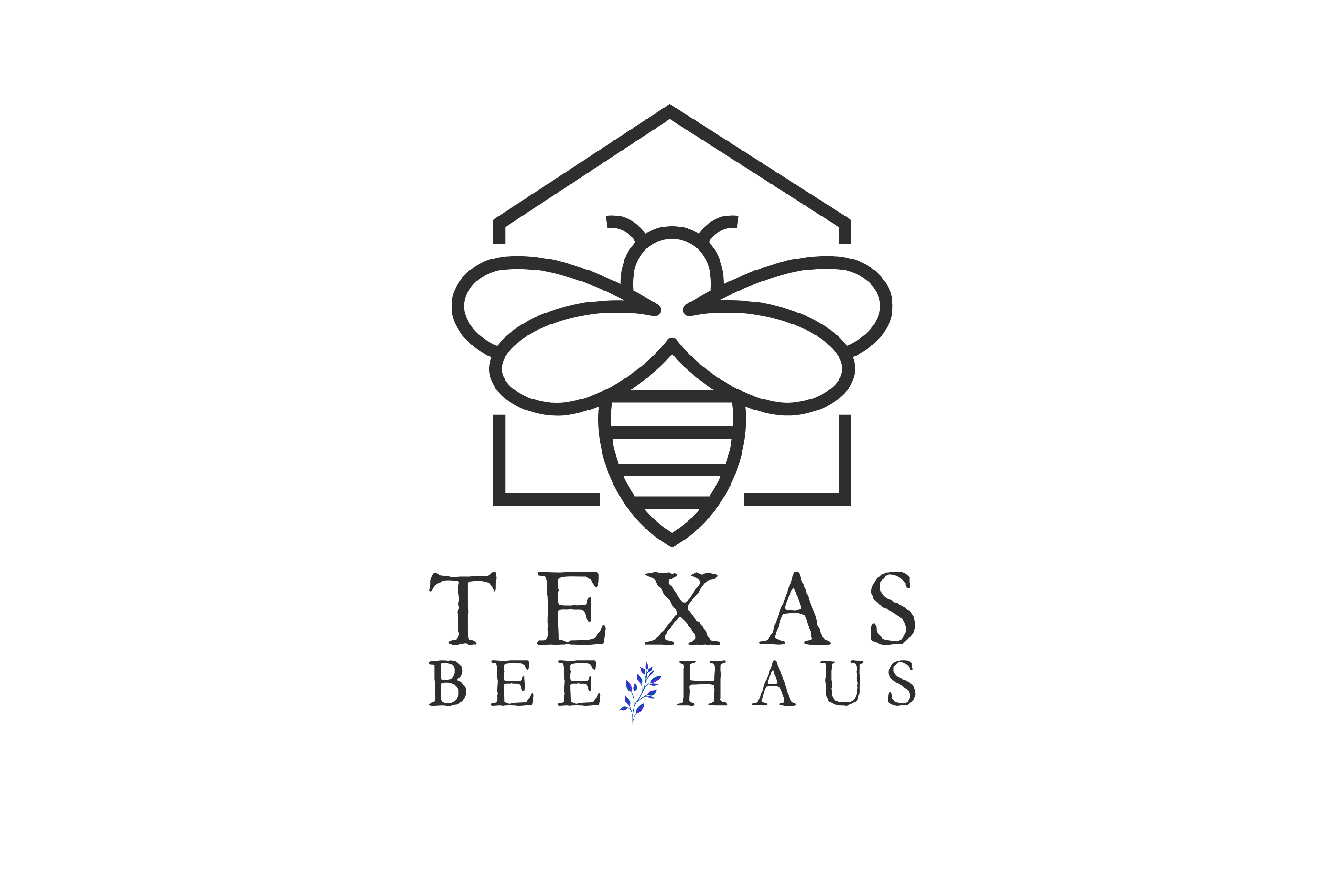At Texas Bee Haus, we believe healthy bees make happy beekeepers. One of the most overlooked aspects of hive management is temperature control. Honey bees work hard to maintain the brood nest at 93–95°F (34–35°C) all year. In Texas—where summers can hit triple digits and winters bring sudden cold snaps—deciding between an insulated hive and a non-insulated hive can make or break colony success.
How Honey Bees Regulate Hive Temperature
Before we dive into insulated vs. non-insulated hives, it’s important to understand how bees naturally regulate their hive:
- Cooling (Summer): Bees fan their wings and evaporate water to prevent brood from overheating.
- Heating (Winter): Bees cluster together and vibrate their wing muscles, consuming stored honey to generate warmth.
The type of hive you use affects how much extra energy your bees need to spend.
Non-Insulated Hives: Traditional but Demanding
The classic wooden Langstroth hive is the most common in American beekeeping, but in Texas heat, it has drawbacks.
Summer: Thin wooden walls heat quickly, forcing bees to fan continuously instead of foraging. Overheated brood can lead to weaker colonies.
Winter: Warm air escapes easily, requiring bees to eat more honey stores just to survive sudden cold fronts.
Pros of Non-Insulated Hives
- ✅ Affordable and widely available
- ✅ Easy to maintain and repair
- ✅ Works well in moderate climates
Cons of Non-Insulated Hives
- ❌ Increased honey consumption in winter
- ❌ Risk of heat stress in Texas summers
- ❌ Higher energy demand on bees
Insulated Hives: Energy Efficiency for Stronger Colonies
Insulated hives (like Apimaye, Anel, or Lyson) are designed with high-density materials that reduce temperature swings.
Summer: Insulation keeps hives cooler, meaning less fanning and more nectar gathering.
Winter: Heat retention lowers honey consumption and stabilizes the brood nest. Colonies are less stressed and often emerge stronger in spring.
Pros of Insulated Hives
- ✅ More stable brood temperatures
- ✅ Reduced stress on bees
- ✅ Greater efficiency in honey use
Cons of Insulated Hives
- ❌ Higher initial investment
- ❌ Heavier equipment
- ❌ Ventilation management needed in humid climates
Beekeeping in South Texas: Which Hive Wins?
For beekeepers in South Texas, summers bring extreme heat and winters bring unpredictable cold snaps. Non-insulated hives often struggle with these fluctuations. Adding even a simple insulated hive cover can reduce stress on your bees.
At Texas Bee Haus, we’ve seen firsthand that insulated hives help bees thrive in our local conditions, especially during scorching Texas summers.
Final Thoughts: Choosing the Right Hive
Both hive types can work, but your choice depends on:
- Climate: Texas heat favors insulation.
- Budget: Wooden hives are cheaper but less efficient.
- Bee Health Goals: Insulated hives reduce stress, leading to stronger colonies and better honey production.
👉 Whether you’re just starting your beekeeping journey or managing multiple colonies, understanding hive thermal dynamics is key to keeping bees happy and productive.




I’m encouraged to see other taking such a strong interest in honeybee health. The thermodynamics of a hive are critical to raising resilient bees and I hope this awareness catches like wildfire
Me too; I think the biggest downfall of insulation is the cost. When you are running 100+ hives it can become quite expensive. In the southern regions I tell people look at just an insulated top cover at a minimum. They are cheap to make and provide great results. Another thing to consider is when you buy into a system like Apimaye, Anel, Lyson I tell people these systems while more expensive they also come with feeders, entrance reducers, pollen catchers, etc compared to wooden ware where you would have to buy all those things individually.